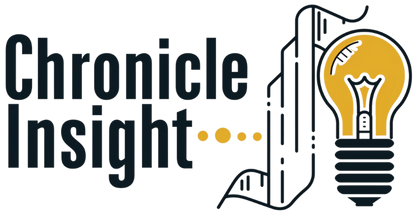Labor Strikes 2025: Industries Facing Walkouts Over AI Adoption
In the year 2025, it is predicted that the widespread adoption of artificial intelligence (AI) in various industries will reach its peak. While this advancement promises to bring efficiency and increased productivity to the workforce, it also raises concerns among many labor workers. As the gap between technology and human capabilities narrows, industries are facing pushback from workers who fear job loss and unfair treatment. This has led to looming labor strikes in various industries, creating a backlash against AI adoption. Let us take a closer look at the potential industries facing these walkouts and the impact they can have on the future of work.
Labor Strikes in the Transportation Industry
The transportation industry is among the first to experience the effects of AI adoption in the form of self-driving cars and trucks. While this technology promises to revolutionize the way we commute and transport goods, it also poses a threat to the millions of truck drivers, taxi drivers, and delivery personnel. As more companies invest in self-driving technology, it is expected that these jobs will become obsolete, leading to potential massive labor strikes in the coming years.
Impact on The Workforce
Labor unions representing these workers have already started raising concerns about the impact of AI on their jobs. They argue that the introduction of self-driving vehicles will not only result in job losses but also compromise public safety. In a heavily unionized industry, these concerns have the potential to escalate into widespread strikes, halting the transportation sector altogether. This could result in significant disruptions to the supply chain, affecting the economy at large.
Labor Strikes in the Healthcare Industry
Another industry that is heavily dependent on human workers is healthcare. The use of AI in healthcare has the potential to improve accuracy and reduce human error, leading to better patient outcomes. However, it also raises concerns about the future of healthcare jobs. Jobs like radiologists, who rely on analyzing medical images, are at a high risk of being replaced by AI technology. As healthcare organizations adopt AI solutions, these workers worry about job security and fair compensation for their work.
Impact on The Workforce
The possibility of losing their jobs to AI has led to increasing tensions between healthcare workers and the industry. Nurses and support staff are also feeling the effects of AI as hospitals turn to AI-powered robots for tasks like medication distribution and patient monitoring. This has led to protests and strikes, with healthcare workers demanding job guarantees and retraining opportunities to adapt to the changing landscape.
Labor Strikes in the Retail Industry
In recent years, the retail industry has seen a significant rise in the use of automation and AI in the form of self-service kiosks, self-checkout machines, and inventory management systems. This has led to a reduction in the number of retail jobs, especially entry-level positions. While retailers argue that these technologies improve efficiency, workers argue that it takes away job opportunities and leads to loss of job security.
Impact on The Workforce
The introduction of AI in retail has led to a growing rift between workers and employers. There have been cases of protests and walkouts by retail workers demanding better working conditions and job security. As the adoption of AI in retail continues to increase, these tensions are expected to escalate, potentially resulting in widespread walkouts and strikes.
The Need for Collaboration Between Workers and Employers
As we move towards a more automated future, the potential for labor strikes and walkouts over AI adoption is a reality that cannot be ignored. While workers have valid concerns about job loss and unfair treatment, technology continues to advance and businesses need to stay competitive. Employers also have a responsibility to ensure that the introduction of AI does not negatively impact their employees. Collaboration between workers and employers is crucial in navigating this changing landscape and finding solutions that work for both parties.
Conclusion
In conclusion, the year 2025 will be a crucial time for industries facing an increasing pushback against AI adoption. It is important for employers to understand and address the concerns of their workers to avoid potential labor strikes and disruptions. As technology continues to evolve, finding a balance between AI and human workers is essential for a sustainable future of work.











